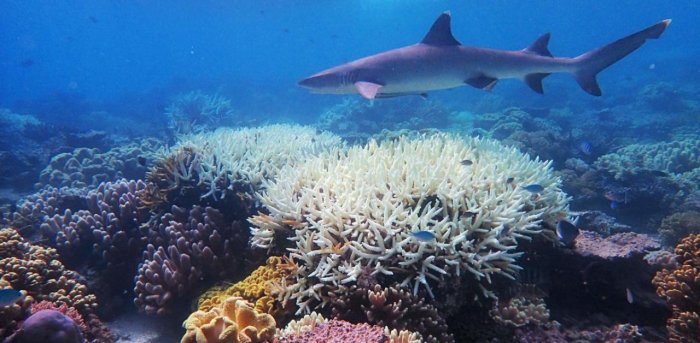The Great Barrier Reef in Australia has notably observed a decline in more than half of the coral in the last thirty years and scientists and researchers are constantly in the fear that the loss triggered by persistent bleaching might lose the potential to revive inherently.
Terry Hughes, working as a professor at ARC Centre of Excellence for Coral Reef Studies at James Cook University revealed the intricate details about the record-breaking elevation in temperatures which led to rigorous bleaching in 2016 and 2017. As a result, there have been very few small, baby corals and breeding adult corals, said Terry.
Hughes further added, “That means the resilience of the reef, its ability to bounce back from recurrent mass bleaching events, has been compromised.”
“We used to think the Great Barrier Reef is protected by its sheer size, but our results show that even the world’s largest and relatively well-protected reef system is increasingly compromised and in decline.”
The bleaching caused in the earlier part of the year might have further damaged the southern region of the reef, mentioned Hughes. The reef had the most extensive bleaching incident in the month of March, the third in the last five years. Australia’s The Great Barrier Reef extends to 2,300 kilometre through Australia’s northeast coast. The UNESCO listed it as World Heritage Site in 1981.


